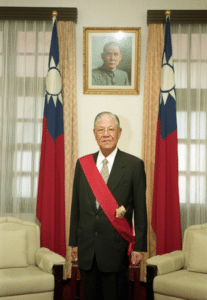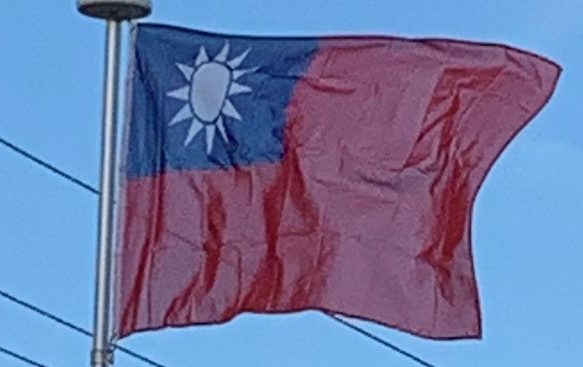
After the death of Chiang Ching-kuo in January 1988, Lee Teng-hui succeeded him and became the first Taiwan-born president. Lee continued the democratic reforms to the government and decrease the concentration of government authority in the hands of mainland Chinese. Under Lee, Taiwan underwent a process of localization in which Taiwanese culture and history were promoted over a pan-China viewpoint in contrast to earlier KMT policies which had promoted a Chinese identity. Lee’s reforms included printing banknotes from the Central Bank rather than the Provincial Bank of Taiwan, and streamlining the Taiwan Provincial Government with most of its functions transferred to the Executive Yuan. Under Lee, the original members of the Legislative Yuan and National Assembly (a former supreme legislative body defunct in 2005), elected in 1947 to represent mainland Chinese constituencies and having held the seats without re-election for more than four decades, were forced to resign in 1991. The previously nominal representation in the Legislative Yuan was brought to an end, reflecting the reality that the ROC had no jurisdiction over mainland China, and vice versa. Restrictions on the use of Taiwanese Hokkien in the broadcast media and in schools were also lifted.
Democratic reforms continued in the 1990s, with Lee Teng-hui re-elected in 1996, in the first direct presidential election in the history of the ROC. During the later years of Lee’s administration, he was involved in corruption controversies relating to government release of land and weapons purchase, although no legal proceedings commenced. In 1997,”To meet the requisites of the nation prior to national unification”, the Additional Articles of the Constitution of the Republic of China was passed and then the former “constitution of five powers” turns to be more tripartite. In 2000, Chen Shui-bian of the Democratic Progressive Party was elected as the first non-Kuomintang (KMT) President and was re-elected to serve his second and last term since 2004. Polarized politics emerged in Taiwan with the formation of the Pan-Blue Coalition, led by the KMT, and the Pan-Green Coalition, led by the DPP. The former favors eventual Chinese unification, while the latter favors Taiwanese independence. In early 2006, President Chen Shui-bian remarked: “The National Unification Council will cease to function. No budget will be ear-marked for it and its personnel must return to their original posts…The National Unification Guidelines will cease to apply.”
On 30 September 2007, the ruling DPP approved a resolution asserting a separate identity from China and called for the enactment of a new constitution for a “normal country”. It also called for general use of “Taiwan” as the country’s name, without abolishing its formal name, the Republic of China. The Chen administration also pushed for referendums on cross-Strait relations in 2004 and UN entry in 2008, both of which held on the same day as the presidential election. They both failed due to voter turnout below the required legal threshold of 50% of all registered voters. The Chen administration was dogged by public concerns over reduced economic growth, legislative gridlock due to a pan-blue, opposition-controlled Legislative Yuan and corruption involving the First Family as well as government officials.
